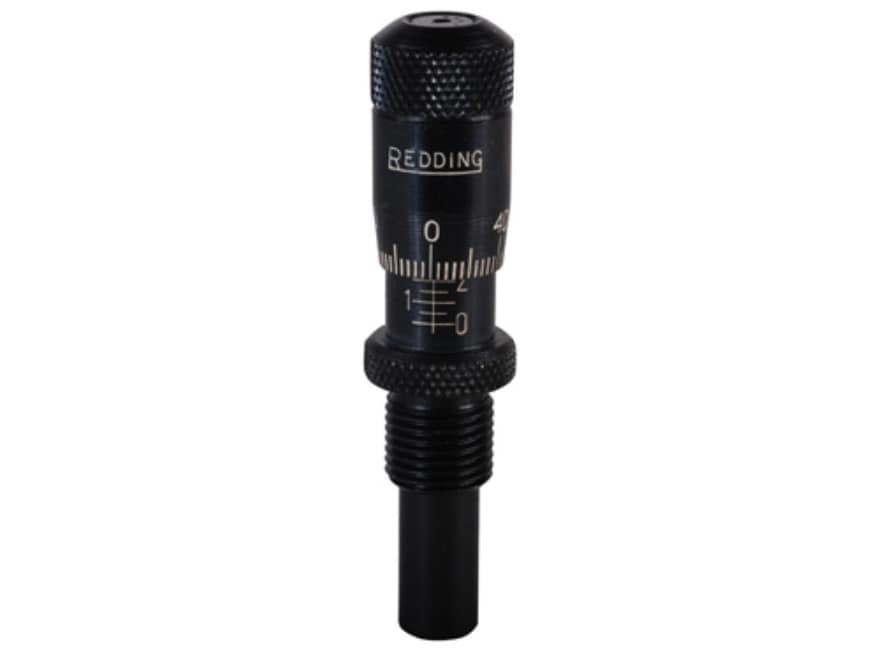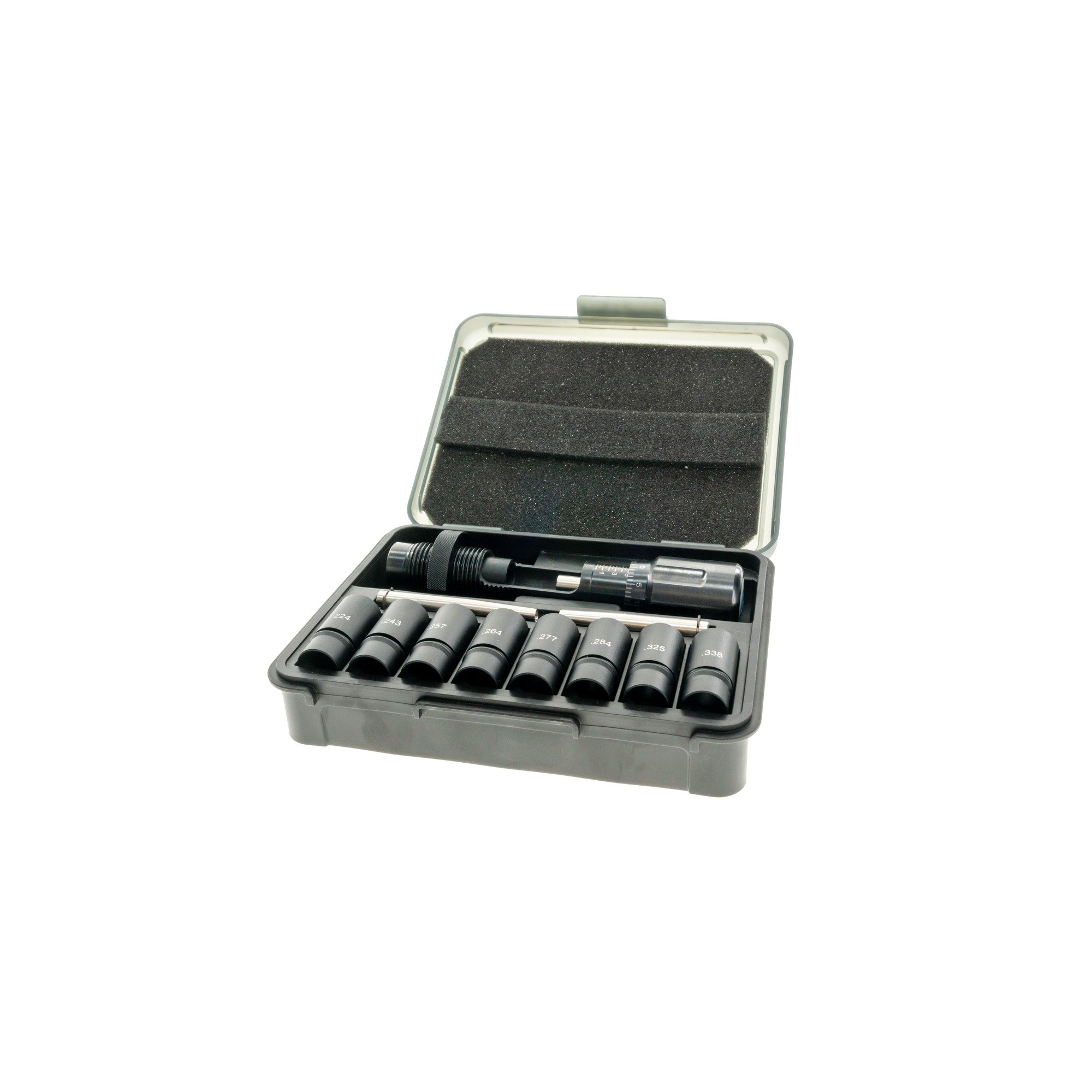I posted this on my other thread but it was very off topic and I’m not getting a response. I have not yet started reloading, so I don’t know anything, but I’d like your expertise.
Bushings are ordered off of case neck thickness x2 + bullet diameter - .001/.002/.003 (desired neck tension), correct? Or measure outside diameter of a loaded round and subtract for neck tension.
Everything I’m finding says buy a new lot of brass, measure up, order bushings, and load indefinitely. As long as you’re staying with the same brand of brass, your neck tension will be consistent.
Do you remeasure and reorder bushings after every (or every other/every third) firing? If I understand everything correctly, between the firing and resizing process a case neck is bound to stretch, and therefore thin out the walls. So your case neck thickness dimension is ever changing with each firing/sizing. Do people change bushings based on number of firings? I haven’t read anything saying people do, which makes me think the bushing dies and neck tension is all a bunch of mental masturbation and isn’t what people think it is beyond the first firing.
I would also think that staying consistent with one manufacturer doesn’t matter after the first firing since every case neck is going to react differently. First time around they may be a consistent thickness by using all of the same manufacturer, but after a firing or 2, all 100 cases are going to have a handful of different thickness measurements depending on how each one reacted with the firing and sizing.
Am I understanding incorrectly? Or are people switching bushings with every loading of a set of brass and just leaving that step out?
Bushings are ordered off of case neck thickness x2 + bullet diameter - .001/.002/.003 (desired neck tension), correct? Or measure outside diameter of a loaded round and subtract for neck tension.
Everything I’m finding says buy a new lot of brass, measure up, order bushings, and load indefinitely. As long as you’re staying with the same brand of brass, your neck tension will be consistent.
Do you remeasure and reorder bushings after every (or every other/every third) firing? If I understand everything correctly, between the firing and resizing process a case neck is bound to stretch, and therefore thin out the walls. So your case neck thickness dimension is ever changing with each firing/sizing. Do people change bushings based on number of firings? I haven’t read anything saying people do, which makes me think the bushing dies and neck tension is all a bunch of mental masturbation and isn’t what people think it is beyond the first firing.
I would also think that staying consistent with one manufacturer doesn’t matter after the first firing since every case neck is going to react differently. First time around they may be a consistent thickness by using all of the same manufacturer, but after a firing or 2, all 100 cases are going to have a handful of different thickness measurements depending on how each one reacted with the firing and sizing.
Am I understanding incorrectly? Or are people switching bushings with every loading of a set of brass and just leaving that step out?


